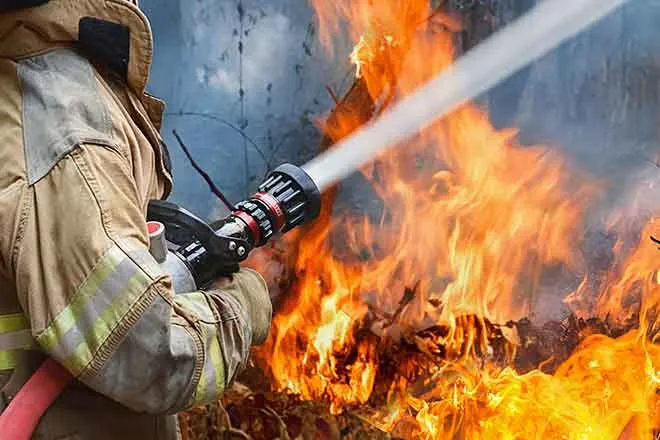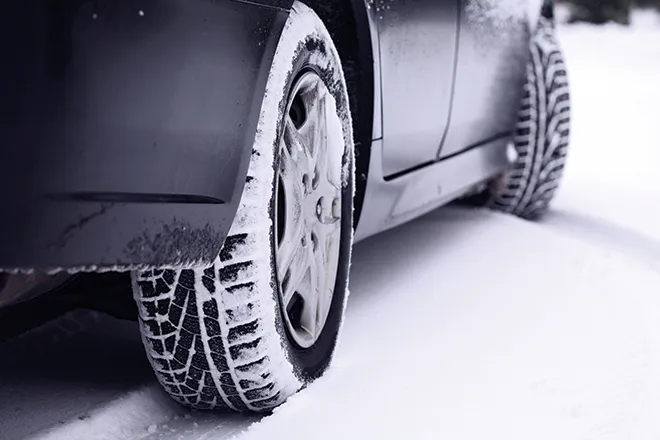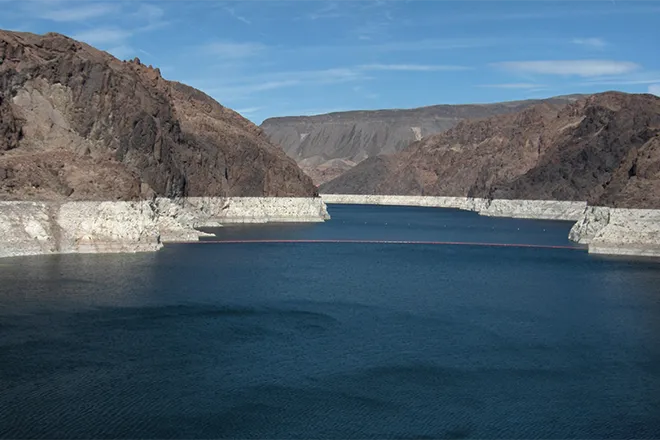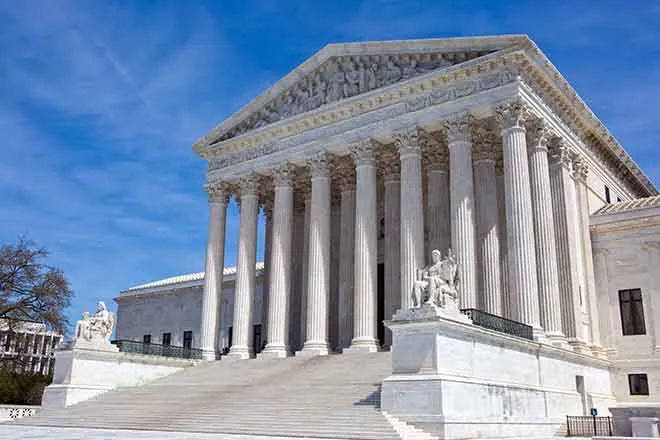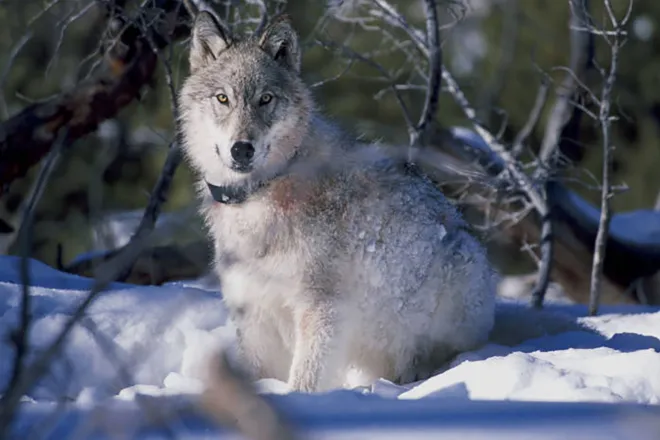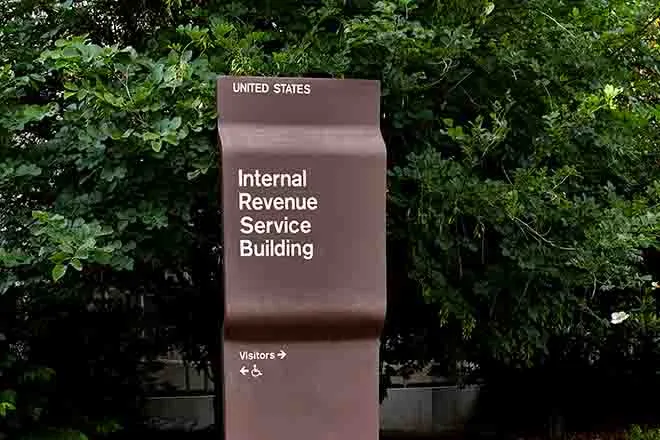
EarthTalk - Why is protecting the greater sage grouse such a hot button issue?
© iStock
Dear EarthTalk:
Why is protecting the greater sage grouse such a hot button issue across the American West?
P.L., Salt Lake City, UT
The greater sage grouse, best known for its unusual mating dance and bulky, turkey-like appearance, has long been an emblem of the American West. However, researchers have found that this iconic bird species is in jeopardy. The effects of climate change and habitat destruction have caused greater sage grouse populations to decline by 80 percent since 1965 and by 40 percent since 2002—and they will likely continue to decline if proactive conservation practices are not implemented to protect their habitats within the bioregion often referred to as the “sagebrush sea.”
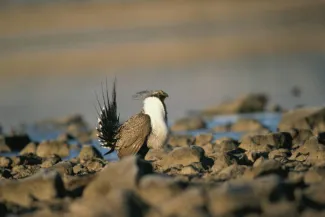
But this issue extends well beyond protecting the greater sage grouse, as the health of sage grouse populations is a direct indication of their habitat’s health. The sagebrush sea is a critical bioregion that used to cover the vast majority of the American West, but millions of acres of sagebrush have become inaccessible to the greater sage grouse and hundreds of other native wildlife species. Large areas of sagebrush have been destroyed or fragmented for the sake of continued oil drilling, mining and other human development. The habitat has also been harmed by wildfires and invasive grasses such as cheatgrass, which can overgrow sagebrush. The decline of these habitats has dire consequences for cattle farmers and ranchers across the region as well, since they need healthy land for their livestock.
The best way to help sage grouse and their habitats is to put more restrictive policies on what can be done in those areas, and to replace previously destroyed or fragmented habitats whenever possible. A federal plan designed by the Bureau of Land Management (BLM) to accomplish these goals has been in the works since 2015, but it was delayed due to the Trump administration’s heavy emphasis on energy development. Although the plan has finally been completed and approved by the Biden administration, many conservationists and scientists still feel that it needs work before being implemented.
A group of scientists recently stated in a public letter that the plan would likely “have severe consequences for sage grouse” in its current form. Specifically, they are concerned that the BLM’s proposal would still allow for mining and some forms of energy development within sage grouse habitat, and would not plan to restore any destroyed land. As a result, many feel that the current plan will not do enough to save the greater sage grouse or their habitat, and may serve to harm some landowners as well.
Western citizens and land stewards have a lot to gain if the greater sage grouse is protected. However, the government is still aiming for a proposal that can serve as a compromise between these citizens and the corporate and federal groups who want to prioritize energy development in these areas. The resulting friction between these two groups is practically unavoidable. If you would like to speak out on this issue, the BLM’s current proposal is available online and open to public comment until June 13th, 2024.
CONTACTS
- BLM releases long-awaited sage grouse protections, https://www.eenews.net/articles/blm-sage-grouse-plan-aims-to-preserve-way-of-life-in-the-west/
- Sage Grouse Protections and Livestock, https://www.dtnpf.com/agriculture/web/ag/news/article/2024/03/15/blm-proposes-new-public-land-limits
- Biden administration proposes protections for US West sage-grouse, to divided response from conservationists,https://thehill.com/policy/energy-environment/4532643-sage-grouse-protections-proposed-biden-administration-conservationists-divided-response/
- Reworked BLM plan still fails to protect sage grouse, https://wyofile.com/scientists-reworked-blm-plan-still-fails-to-protect-sage-grouse/.
EarthTalk® is produced by Roddy Scheer & Doug Moss for the 501(c)3 nonprofit EarthTalk. See more athttps://emagazine.com. To donate, visit https://earthtalk.org. Send questions to: question@earthtalk.org.



